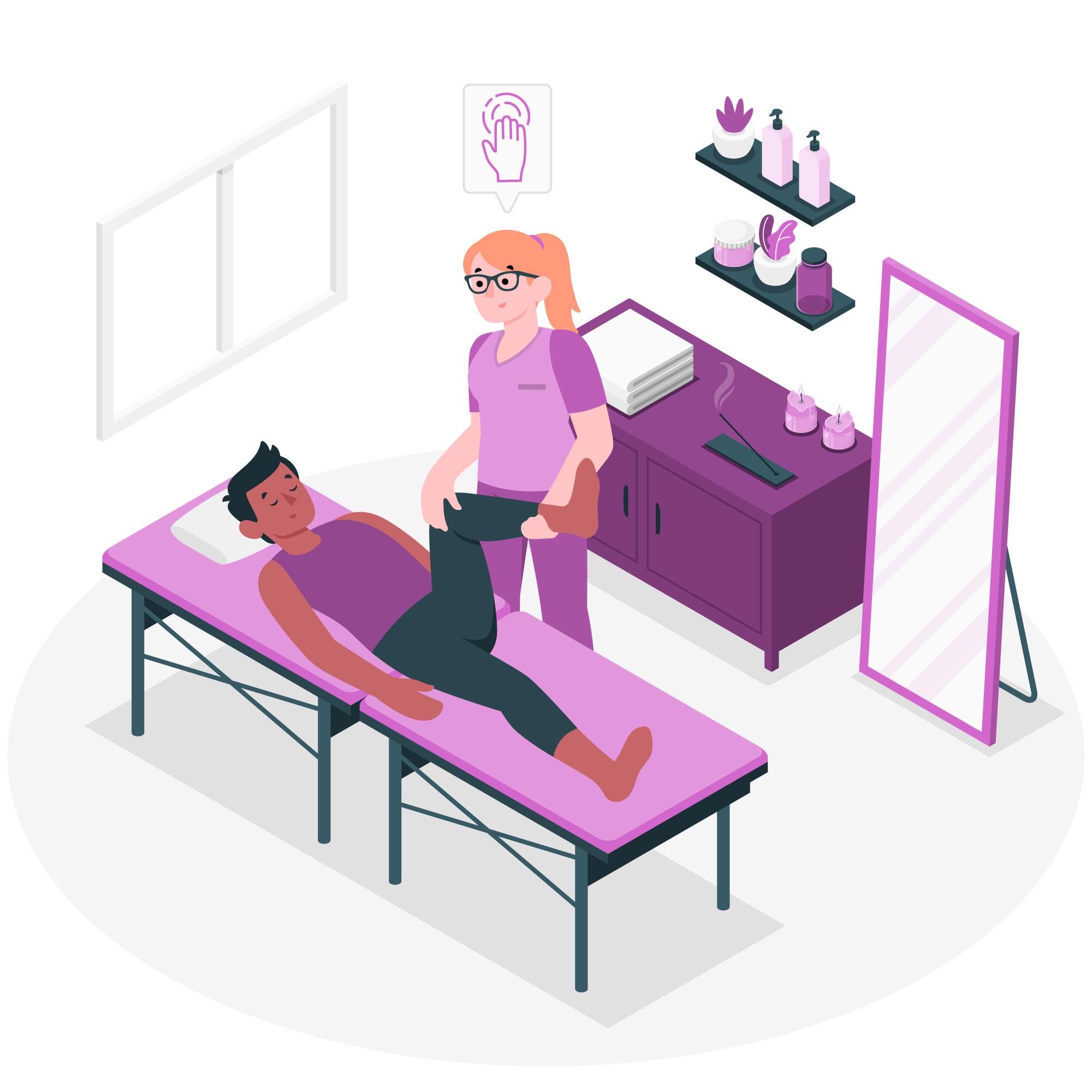
Alternative and Complementary Therapies for Cervical Spondylosis Relief
Living with cervical spondylosis can be tough, but there are alternative and complementary therapies that can offer relief alongside traditional treatments. In this blog, we’ll explore some simple yet effective therapies that may help alleviate symptoms and improve your quality of life.
Understanding Cervical Spondylosis
Cervical spondylosis is a common condition that affects the neck, causing pain, stiffness, and discomfort. It occurs when the discs and joints in the neck degenerate over time due to wear and tear. This degenerative condition can lead to issues such as nerve compression, which may result in pain, tingling, or weakness in the arms and hands. Recognizing the symptoms early on can lead to better management and treatment options.
Alternative Therapies for Relief
- Acupuncture:
Acupuncture involves inserting thin needles into specific points on the body to promote healing and relieve pain. Many people find acupuncture helpful for managing cervical spondylosis symptoms, such as neck pain and stiffness. Research suggests that acupuncture can increase blood flow and release endorphins, offering a natural pain-relief alternative. - Chiropractic Care:
Chiropractic adjustments can help realign the spine and relieve pressure on the nerves, reducing pain and improving mobility in the neck. A chiropractor may use gentle manipulation techniques to target areas affected by cervical spondylosis. Regular chiropractic visits can complement other treatment methods and enhance overall spinal health.online pharmacy buy ventolin with best prices today in the USA - Massage Therapy:
Massage therapy can help relax tense muscles, improve circulation, and reduce pain associated with cervical spondylosis. A skilled massage therapist can target areas of tension in the neck and shoulders to provide relief and promote relaxation. Therapeutic massage can also help decrease muscle spasms and improve flexibility in the neck.
Complementary Therapies for Support
- Yoga and Stretching:
Gentle yoga poses and stretching exercises can help improve flexibility, strengthen the muscles supporting the neck, and reduce stiffness. Incorporating yoga into your routine can provide relief from cervical spondylosis symptoms and promote overall well-being.buy augmentin online https://www.phamatech.com/wp-content/uploads/2024/08/jpg/augmentin.html no prescription pharmacyConsider joining a yoga class specifically designed for individuals with neck issues.
- Mind-Body Techniques:
Mind-body techniques such as meditation, deep breathing, and guided imagery can help reduce stress, tension, and pain associated with cervical spondylosis. Practicing these techniques regularly can help you better cope with your symptoms and improve your quality of life. These practices foster a sense of calm and can enhance your overall mental health. - Physical Therapy:
Working with a physical therapist can provide tailored exercises that focus on strengthening the neck and improving posture. Physical therapy often includes hands-on techniques, education about body mechanics, and a personalized exercise program to help alleviate symptoms.
Conclusion
While alternative and complementary therapies may not cure cervical spondylosis, they can offer relief from symptoms and improve your overall well-being. It’s essential to work closely with your healthcare provider to determine which therapies are safe and suitable for you. By incorporating these therapies alongside traditional treatments, you can better manage cervical spondylosis and enjoy a better quality of life.
To seek medical advice, always consult a Doctor. Here are our recommended experts. Click Here
To read more on Cervical Spondylosis. Click Here


